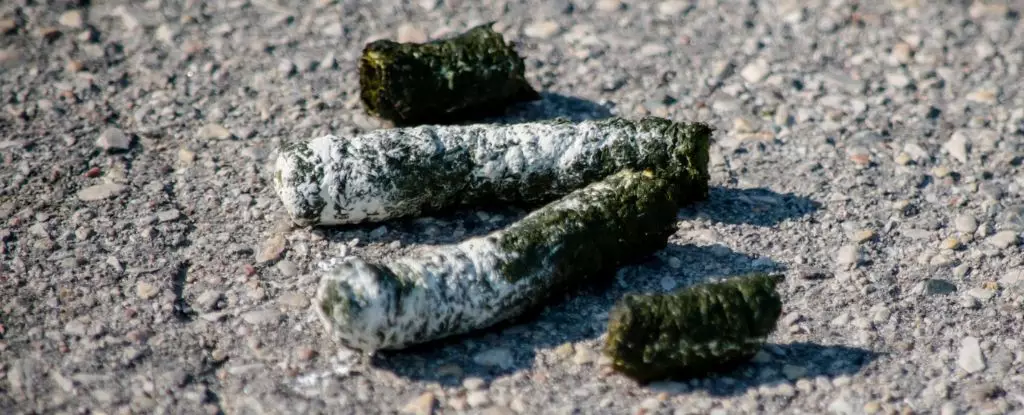In an unconventional twist, a group of middle school students in Chicago has recently caught the attention of the scientific community. While bringing bird droppings to school is generally regarded with disdain, one student’s unique contribution has led to groundbreaking research on antibiotic development. In a project designed to ignite interest in scientific careers, this student, with guidance from researchers at the University of Illinois, embarked on a journey that not only educated him about bacteria but also unlocked a potential medical marvel from something typically dismissed as mere waste—goose droppings.
The initiative lasted a substantial 14 weeks, immersing the young learners in the realm of scientific discovery. A significant component of the program encouraged students to scour their environments for biological materials that could yield new compounds with medicinal properties. This hands-on approach, which involved growing bacteria from the samples they collected, fostered a sense of inquiry and responsibility regarding the natural world and its myriad secrets.
The student who bravely brought goose feces to the science club performed an impressive feat by isolating a specific bacterium known as Pseudomonas idahonensis from the sample. What makes this finding remarkable is the bacterium’s demonstrated antibiotic properties, with an astounding capability to inhibit over 90 percent of the growth of certain gram-positive bacteria responsible for skin infections. This discovery is not just an academic exercise; it underscores the innovative potential circulating within the academic and public school community.
Moreover, the research team soon identified a new natural compound produced by Pseudomonas idahonensis, dubbed orfamide N, which was previously unknown in the realm of science. Orfamides, as a broader category, are recognized for their promising medical applications; thus, orfamide N offers an exciting avenue for further investigation. Its ability to inhibit the growth of melanoma and ovarian cancer cells demonstrates the ripple effect of a seemingly inconsequential act—the collection of bird droppings. This finding exemplifies how unorthodox ventures could culminate in significant medical breakthroughs.
Amidst the promising discoveries, the reality of antibiotic resistance looms large. Today, no less than 2.8 million antibiotic-resistant infections occur annually in the United States, according to the Centers for Disease Control and Prevention (CDC). The decline in antibiotic development since the mid-1950s poses a significant threat to public health as more bacterial strains evolve resistance to existing medications. This scenario places heightened importance on the search for new antibiotics, particularly those originating from natural sources.
As scientists race against time to discover new antibacterial agents, the project at the Chicago middle school serves as a reminder that valuable insights often emerge from the most unexpected places. The natural environment teems with microorganisms that have the potential to produce life-saving drugs, and initiatives like the one in Chicago play a vital role in tapping into this reservoir of knowledge.
The enthusiasm generated by this project extends beyond the walls of the classroom. The inclusion of students as co-authors on published research papers helps demystify the scientific process and highlight the importance of early engagement in pursuing STEM (Science, Technology, Engineering, and Mathematics) careers. This collaborative model fosters a new generation of scientists equipped with the skills and motivation to tackle pressing health challenges.
However, the path to developing new antibiotics, as promising as it may seem, is fraught with challenges; only one out of 14 environmental samples collected in the Chicago program exhibited antibiotic activity, indicating that even seemingly abundant opportunities for discovery can yield limited results. The research lies ahead filled with uncertainty and the potential for failure, but such is the nature of scientific inquiry, where persistence, creativity, and curiosity lead the way to transformation.
The story of middle schoolers turning bird poop into biomedical science is a testament to innovative education, the power of curiosity, and the untapped resources nature offers. This project serves as a vivid reminder of the possibility inherent in the mundane and unappreciated, encouraging future generations to realize that inspiration can come from any aspect of our natural world.


Leave a Reply